Dishwashers have a hard job, and that makes them pretty challenging to clean thoroughly. Lucky for you, there are plenty of dishwasher hacks that we have in our back pocket to get it in near perfect condition.
We’re not only breaking down ways to clean your dishwasher, but we have some pretty useful tips on how to disinfect items using your dishwasher. Due to the high temperature of the water, these appliances are effective in disinfecting when the sanitizing setting is used. In addition, dishwashing detergents often come with a bleach ingredient, which kills germs.
As for what you can’t put in the dishwasher, avoid putting weak fabrics, antique items, wood, delicate glass, or hand-painted dishes. Stainless steel, everyday dishes, stoneware, metal utensils, drinking glasses, and hard plastic are generally dishwasher safe. To be careful, look for the “dishwasher safe” label.
Dishwashing coupons are abundant and can really help save some money when it’s time to stock up. Before you head to the store, we have an easy DIY dishwasher tabs recipe that will make dishwashing more cost effective. However, if you’re loyal to a brand, here are some ways to save on dishwasher cleaners.
1. Place vent covers in your dishwasher.

When not frequently cleaned, vents are the perfect breeding ground for built-up dust and mold. In between professional visits, toss them in a dishwasher for periodic deep cleaning. Be sure to close the vents beforehand. Before you reinstall them, let them air dry to remove any remaining water.
2. Remove stains in a dishwasher with lemon Kool-Aid.

Even dishwashers need a little spot-free makeover. The citric acid in lemon Kool-Aid helps break down lime deposits and iron stains. Use one lemon-flavored packet and run a normal dishwashing cycle.
Tip: For super tough stains, try Bar Keepers Friend Soft Cleanser.
3. Use a mesh laundry bag to prevent lids and smaller items from falling through the racks.

For those times when you need to sanitize several items of different sizes, use a mesh laundry bag for delicates. The bag will keep them from falling through the racks and stay organized.
4. Clean the dishwasher trap to remove buildup.

Under the lower sprayer, you’ll find a piece that’s removable. In it, you may see bits of food and other buildup (you’d be surprised what doesn’t go completely down the drain). Rinse the tray in the sink, or use a towel to remove the gunk.
5. Scrub the gunk out of small crevices with a toothbrush.

While you have the dishwasher trap removed, use a toothbrush to remove buildup, then rinse the rest off in the sink. A standard solution of warm water and Dawn dish soap in a bowl is effective at breaking down the bacteria and general gunk.
6. Deep clean the dishwasher by placing a measuring cup filled with 2 cups of vinegar in the top rack.

Just as vinegar can clean and descale a coffee maker, it can also remove grime from your dishwasher. Add 2 cups of white vinegar to a dishwasher-safe container and run a normal cycle. Don’t use detergent or heat dry when you do this cleaning method.
7. Make homemade dishwasher tabs.

Borax, baking soda, salt, and a few other ingredients you probably already have in your pantry are all you need to create your own dishwasher tablets. Get directions here.
Related: 15 Weird (but Brilliant!) Ways to Make Your Home Smell Good
8. Pretreat crusty casserole dishes with dishwashing soap before placing in the washer.

If you left dishes in your sink overnight and they have crusty edges (hello, grits and lasagna), a dishwasher can only do so much. A good tip to ensure that you get clean dishes is to pretreat your plates and bowls — kind of like a Shout for clothes. Products like Dawn Powerwash Dish Spray are effective.
We’re not talking about prewashing — just treating the dishes to make the removal of the crusty food easier. Next time, soak them in hot water with baking soda and dishwashing soap to soften them for the next day.
9. Organize silverware by type before loading.

I really hate seeing leftover food on my utensils, but I have a tip to load them correctly so the surface gets a hot bath. Unloading will be so much easier if you pair the utensil types together. It only takes a moment to separate them. Don’t let your spoons spoon. Placing some utensil handles up and some down will ensure even cleaning.
10. Keep the shape of a baseball cap by washing it in the top rack.

Use a normal wash cycle and cold water. Make sure to turn off the heat dry setting and remove the cap after the rinse cycle. Allow to air dry.
Note: Don’t wash in the dishwasher hats that are fraying, have a cardboard brim, or are made of wool.
11. Run hot water in your sink before starting the washer.

When you run hot water in the sink before starting a cycle, you’re ensuring dishes will be hit with hot water first instead of cold. This is especially important during the wintertime.
12. Clean and disinfect toys, brushes, and flip-flops.
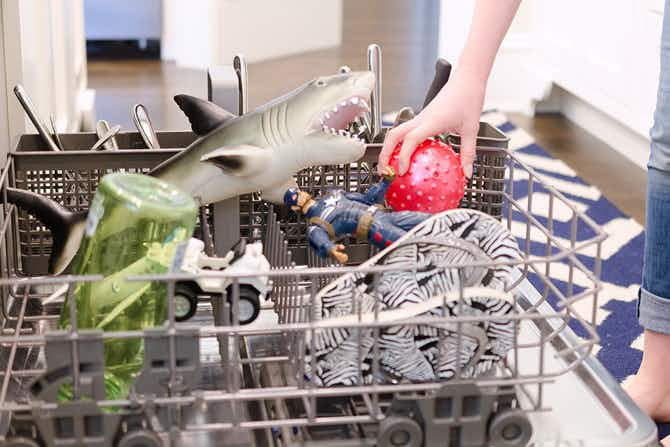
Be sure to add items that are dishwasher-safe. Place smaller items in mesh laundry bags before you start the cycle. Add items like dish sponges, kids’ toys, hair brushes, rubber footwear, and outlet covers. Put the smallest items in mesh laundry bags before you wash.
13. Sanitize sponges and scrubbers by placing them in the top rack.

The hot water and detergent in a normal wash cycle will kill germs. Aim to deep clean these items once a month.
14. Unload the bottom rack first.

This unloading method ensures any pooled water in the top rack doesn’t spill onto the dried dishes below. You’ll minimize risk of hot water splashing on you, too.

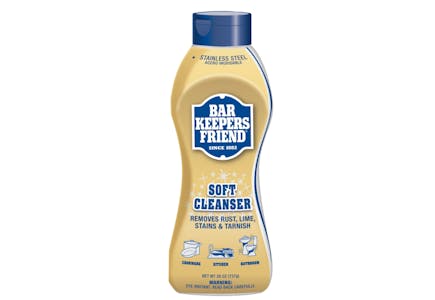












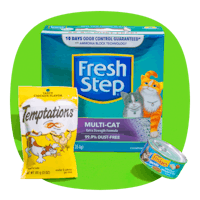

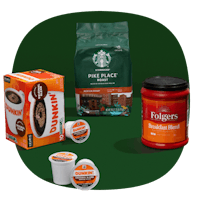
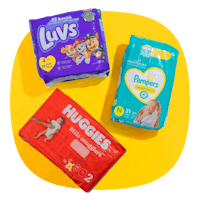
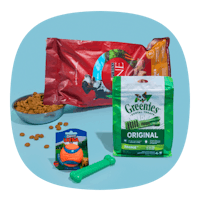

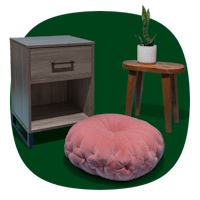
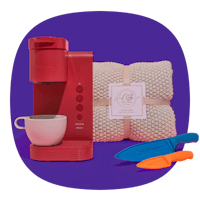
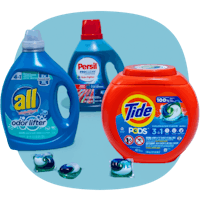





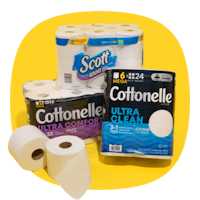
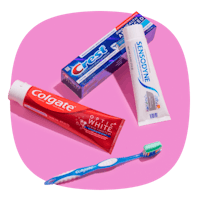


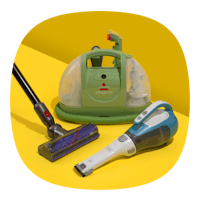

Tell us what you think